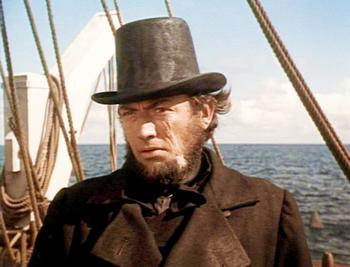Navigating Navigation
March 15, 2023 My home city of Dallas was founded with the hope of becomging an inland port, using the Trinity River to connect North Texas with the Gulf of Mexico. Unfortunately, the Trinity turned out to be essentially unnavigable.
My home city of Dallas was founded with the hope of becomging an inland port, using the Trinity River to connect North Texas with the Gulf of Mexico. Unfortunately, the Trinity turned out to be essentially unnavigable.
Lacking any navigable waters of my own, I am fascinated by opinions that define the “navigable waters” of the United States such as Newbold v. Kinder Morgan SNG Operator LLC. A fishing boat in the D’Arbonne National Wildlife Refuge ran into an underwater object; the case-dispositive issue was choice of law. If the accident did not occur in “navigable waters,” then Louisiana law controlled and the plaintiff would have no claim.
While the boat was, in fact, navigating at the time of the allision, the test excludes “recreational fishing” activity. The Fifth Circuit reviewed the relevant factors and found that the area the boat was in was not “navigable water” governed by federal law:
“[T]he location of the allision is on land that is dry 67 percent of the time, where vegetation is not destroyed and the land is not bare, as evidenced by the need to mow it with some regularity. More significantly, the Bayou D’Arbonne does have an ‘unvegetated channel’ which is some 597 feet wide at the location where the boat split off to fish near the sign. The sign was located 58 feet away from the unvegetated channel. The unvegetated channel is a neat, natural line by which the ordinary high-water mark may be established. Within the channel, there is no vegetation; outside of it, there is.”
No. 22-30416 (March 14, 2023).